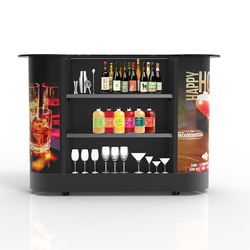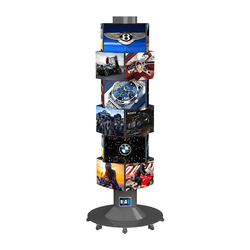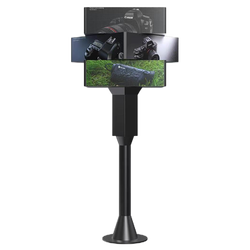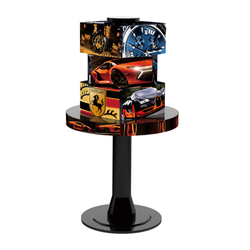LED Display Screen Specification Unlocked: Stop Wasting Money—This Guide Covers It All
Ever stared at an LED screen and thought, “Why does this look fuzzier than my grandma’s old TV?” Chances are, it’s all about the specs. Today, we’re breaking down LED screen jargon like we’re explaining TikTok trends to your parents—simple, funny, and no confusing tech talk. Let’s dive in.
Table of content
1. Pixel Pitch: The “Pore Size” of Your Screen
2. Brightness: Your Screen’s “Sunshine Power”
3. Refresh Rate: The “Smoothness Secret”
4. Gray Scale: The “Color Gradient Wizard”
5. IP Rating: Outdoor Screens’ “Raincoat & Dust Mask”
6. Viewing Angle: The “No Bad Seats” Rule
7. Contrast Ratio: The “Black & White Drama Queen”
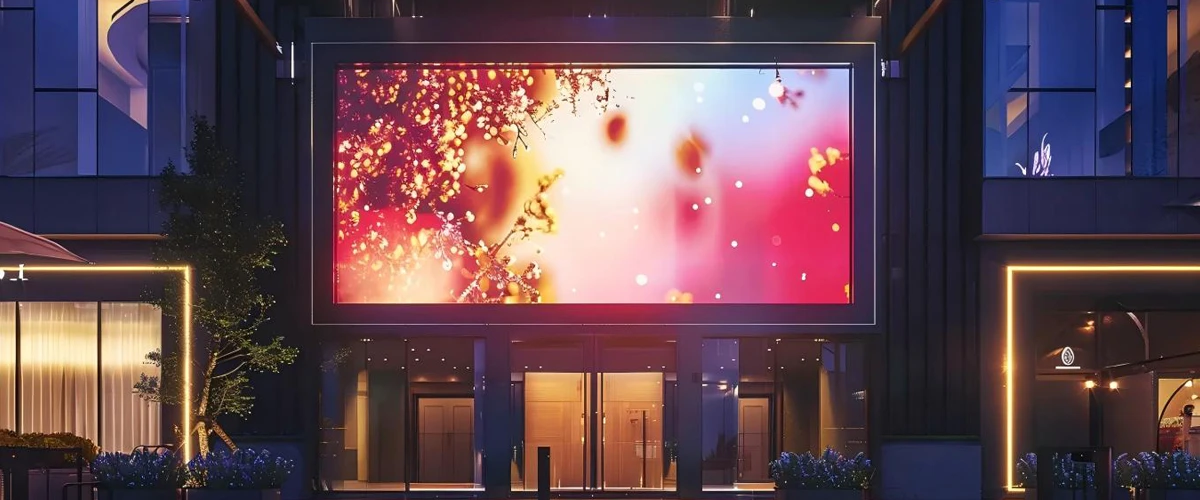 1. Pixel Pitch: The “Pore Size” of Your Screen
1. Pixel Pitch: The “Pore Size” of Your Screen
Imagine your screen is a face. Pixel pitch is how close its “pores” (pixels) are. Measured in millimeters (like P1.25 or P10), smaller numbers mean tighter pixels—and way sharper pictures.- A P2.5 screen? So crisp, you could read a spreadsheet from 3 feet away (perfect for boardrooms where your boss will squint at every decimal).
- A P10 screen? Great for billboards 20 meters away, but get up close and it’ll look like a pixel art project from 2005.
2. Brightness: Your Screen’s “Sunshine Power”
Brightness is measured in nits (or cd/m²)—think of it as how loudly your screen “shouts” to be seen. Get this wrong, and you’ll either squint like you’re staring into a flashlight or wonder why the screen looks like it’s napping.- Outdoor screens? They need drama. At least 3000cd/m²—otherwise, on a sunny day, it’ll blend into the background like a shy kid at a party.
- Indoor screens? Chill. 600-800cd/m² is enough. Too bright, and your eyes will feel like they’ve been at a rave with no sunglasses.
Fun fact: Smart LED screens auto-adjust brightness—like your phone’s “night mode” but for billboards. Daytime? Crank it up to fight the sun. Nighttime? Dial it down so it doesn’t blind dog walkers.
3. Refresh Rate: The “Smoothness Secret”
Refresh rate is how many times the screen updates per second (Hz). Low Hz = choppy; high Hz = buttery smooth.- 60Hz? Watching a soccer game here is like flipping through a flipbook—players look like they’re glitching.
- 1920Hz+? Chef’s kiss. Fast cars, dancing cats, even your kid’s TikTok dance videos will look as smooth as a well-oiled slide.
Why does this matter? Your eyes hate “lag.” Low refresh rates make moving stuff look blurry—ever tried reading subtitles on a choppy video? It’s like trying to catch a butterfly with a fork. Save yourself the headache: for videos or games, aim for 1920Hz+.
4. Gray Scale: The “Color Gradient Wizard”
Gray scale is how many shades a screen can show between black and white. More shades = smoother color transitions.- 8-bit gray scale (256 levels)? A sunset here will look like a staircase—orange, then poof, pink, with no in-between.
- 16-bit gray scale (65536 levels)? The sunset fades so smoothly, it’ll look like a painting. Your Instagram pics will thank you.
Example: If you sell makeup online, a low-gray-scale screen will turn “rose nude” and “blush pink” into identical twins. A high-gray-scale screen? Every shade pops—customers will screenshot your ads to show their makeup artist.
5. IP Rating: Outdoor Screens’ “Raincoat & Dust Mask”
Outdoor screens live in a war zone—rain, dust, bird poop… you name it. That’s where IP ratings come in. It’s a two-digit code: first digit = dust resistance; second = water resistance.- IP65? The gold standard. “6” means no dust gets in (even if a sandstorm hits), “5” means it laughs at rain showers.
- IP54? Bad news. A heavy downpour and your screen might start “crying” (read: short-circuiting). Repair costs? More than a new iPhone.
Warning: Some sellers lie! They’ll say “IP65” but it’s really IP54. Always ask for a test report—like checking if a “waterproof” watch actually works in the pool.
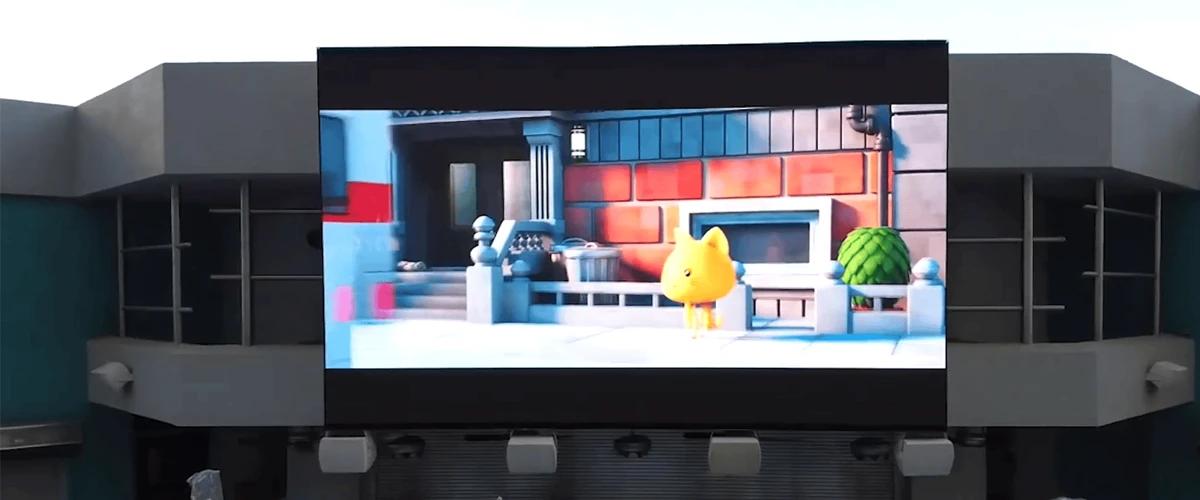 6. Viewing Angle: The “No Bad Seats” Rule
6. Viewing Angle: The “No Bad Seats” Rule
Viewing angle (horizontal/vertical, like 160°/160°) is how far you can stand from the side and still see clearly.- A 160° angle? Perfect for big rooms—even the guy in the back corner won’t squint like he’s solving a math puzzle.
- A 120° angle? The poor soul on the edge will see a blurry mess—like watching a movie through a frosted window.
True story: A cafe once installed a 120° screen. Customers at the tables kept asking, “Is that ad for coffee or… mud?” They had to replace it a month later. Don’t be that cafe.
7. Contrast Ratio: The “Black & White Drama Queen
Contrast ratio is how bright the whitest white is vs. the darkest black (like 1000:1). Higher = more drama.- High contrast? Watching a night scene in a movie? The shadows are dark, the stars are bright—you’ll feel like you’re there.
- Low contrast? Night scenes turn into a gray blob. You’ll squint and go, “Is that a tree… or a ghost?
Conclusion: You can choose the most suitable LED screen parameters according to your needs. If you have any other questions, Please feel free to contact us - CHIFELED. Our professional team will provide you with the best solution based on your requirements.
Recommended:
4K Refresh Rate ≠ 4K Resolution: Two LED Display Concepts You Might Be Confusing
LED Screen Power-Saving Hacks: How to Cut Your Electricity Bill in Half

